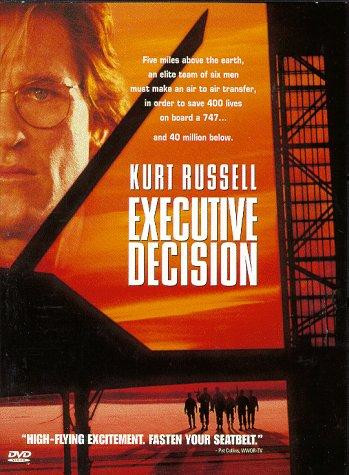

Consider, for instance, a decision made by Blockbuster, the video-rental giant, in the spring of 2000. The combination of misreading the environment and overestimating skill and control can lead to dire consequences. It leads them to take risks they should not take, in the mistaken belief that they will be able to control outcomes. Overconfidence bias frequently makes executives misjudge their own abilities, as well as the competencies of the business. The former describes our unconscious tendency to attach more weight than we should to information that is consistent with our beliefs, hypotheses, and recent experiences and to discount information that contradicts them. In our experience, two particular types of bias weigh heavily on the decisions of large corporations-confirmation bias and overconfidence bias. Our early research, which we explain later, suggests that is the case roughly 75 percent of the time. In this article, we propose a simple, checklist-based approach that can help flag times when the decision-making process may have gone awry and interventions are necessary. While techniques to “debias” decision making do exist, it’s often difficult for executives, whose own biases may be part of the problem, to know when they are worth applying.

Some of them result from bad luck or poor timing, but a large body of research suggests that many are caused by cognitive and behavioral biases.

Good managers-even great ones-can make spectacularly bad choices.


 0 kommentar(er)
0 kommentar(er)
